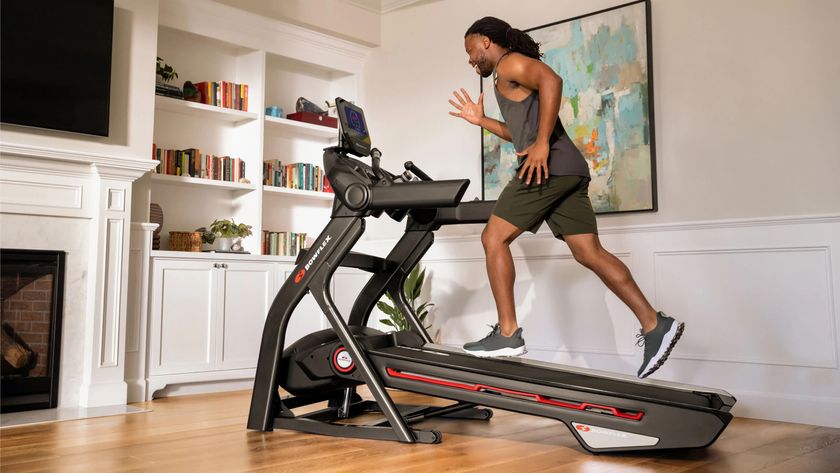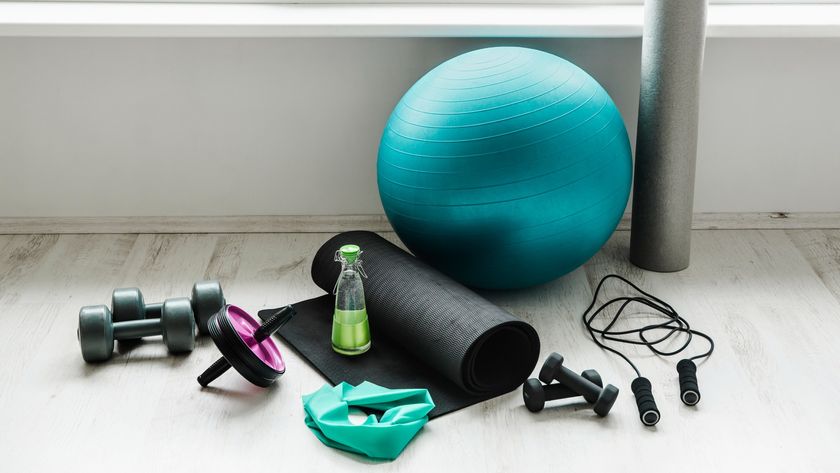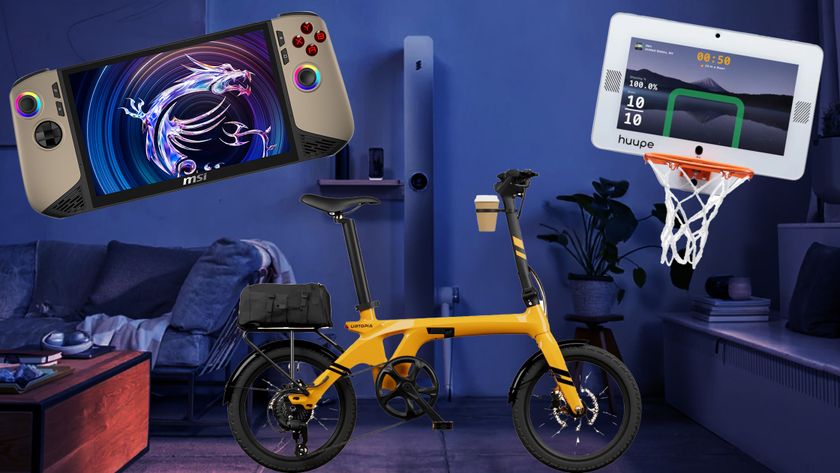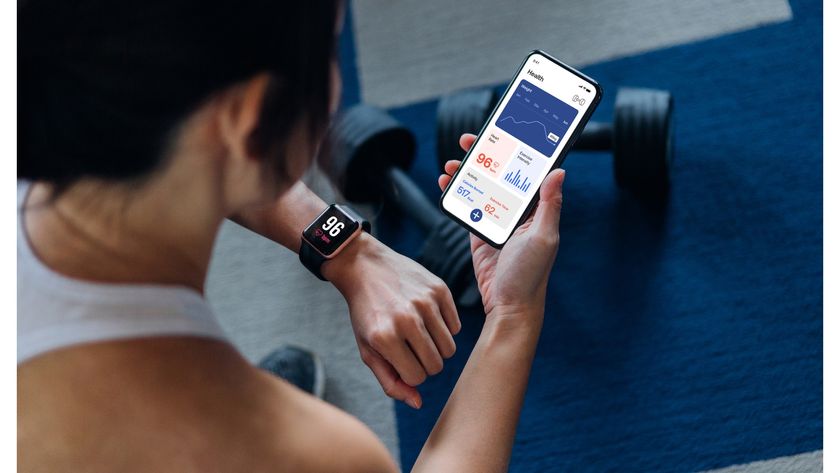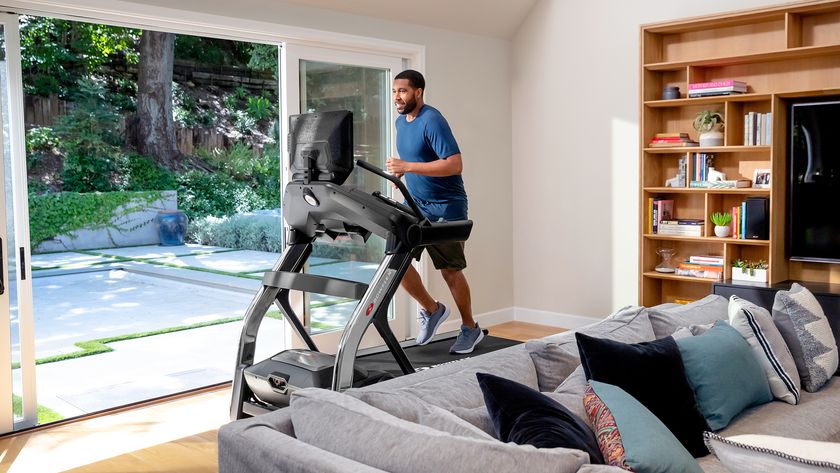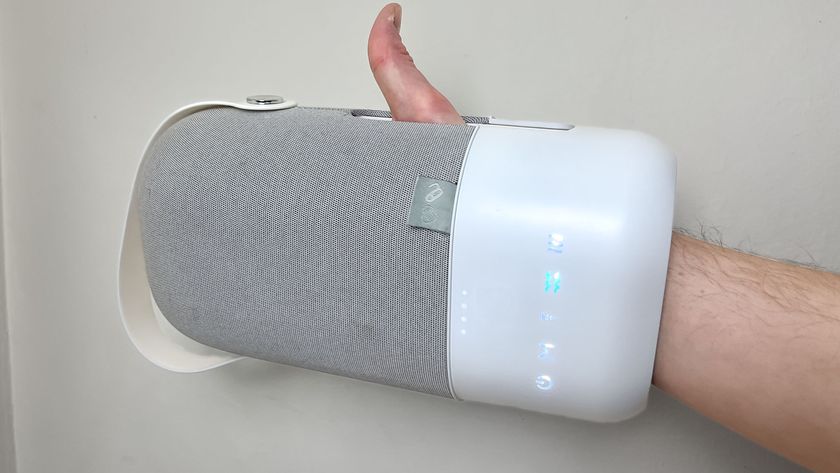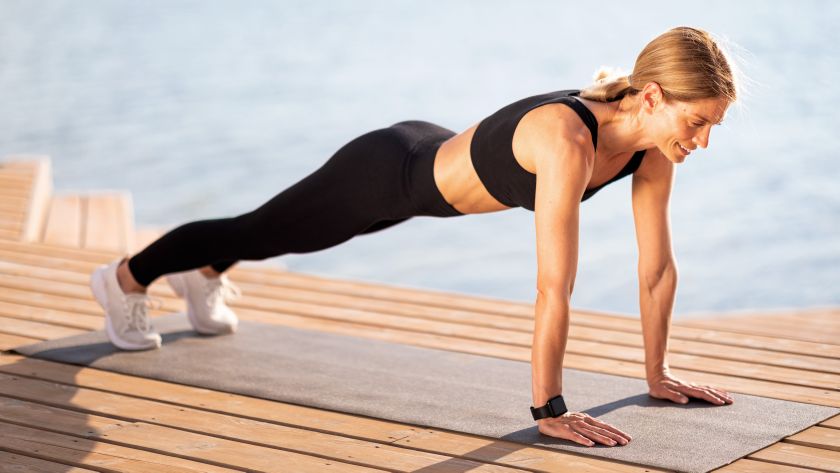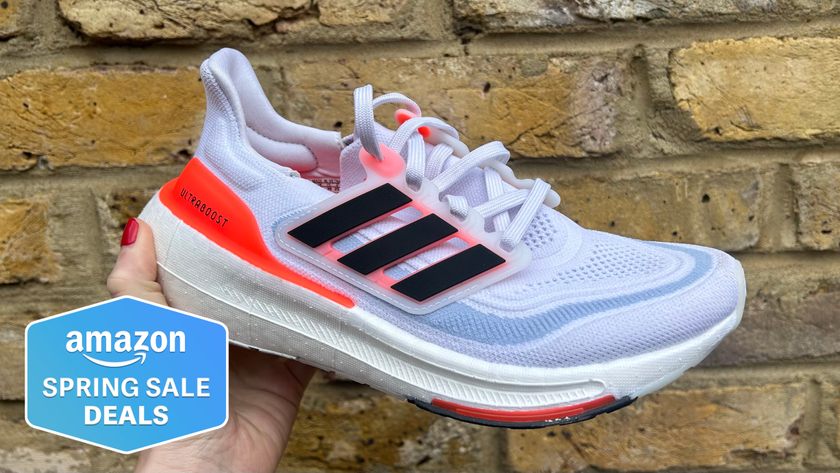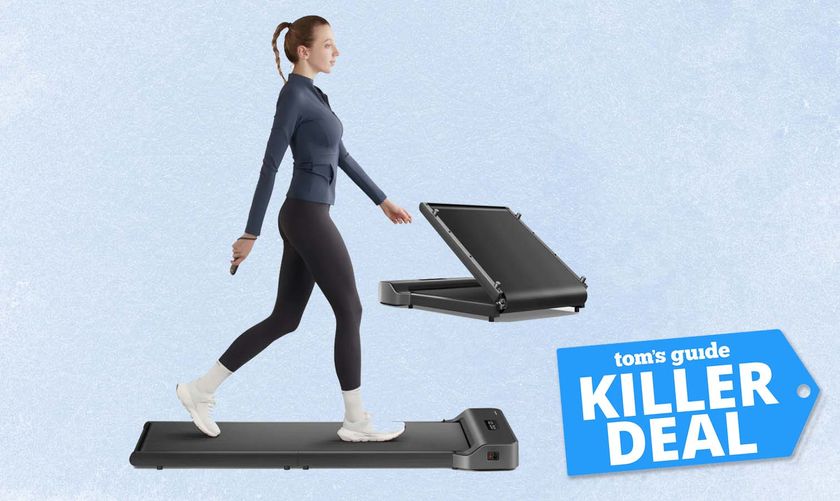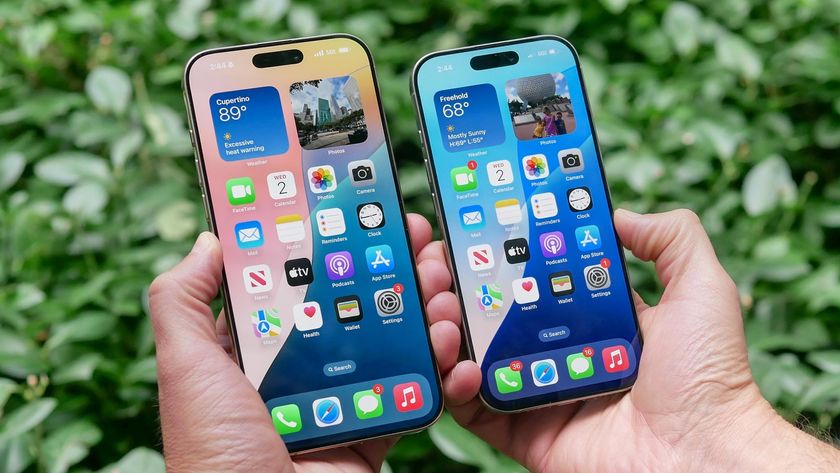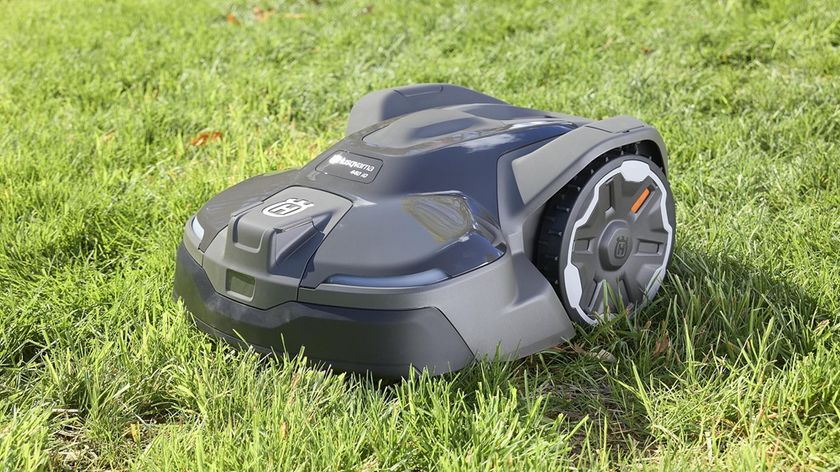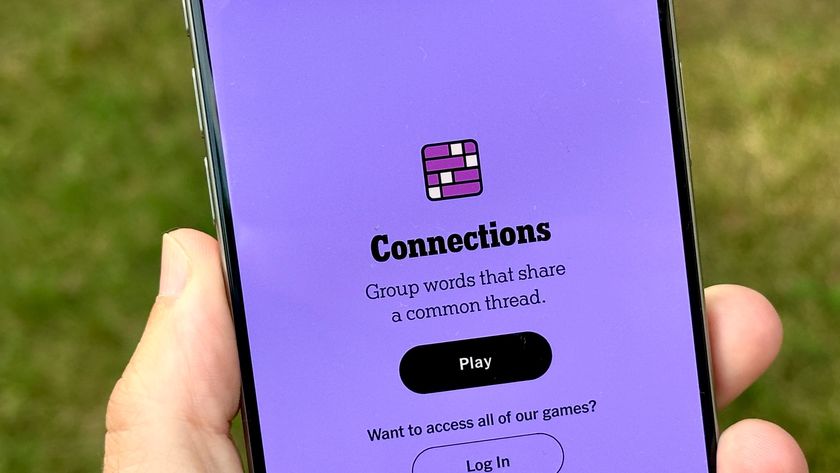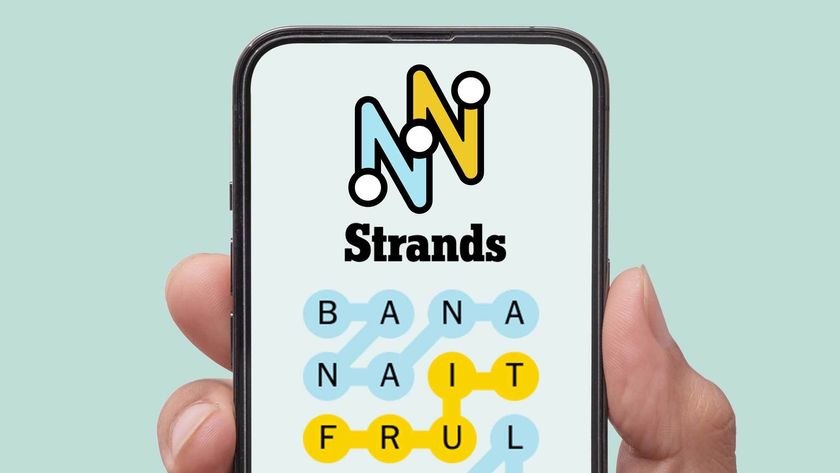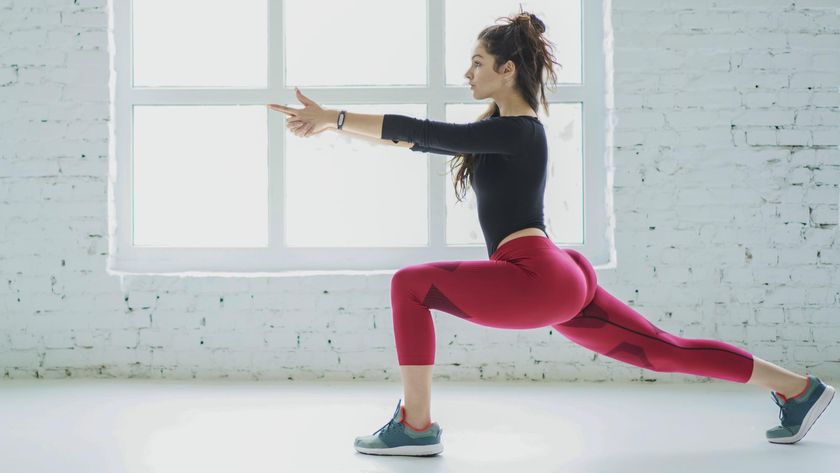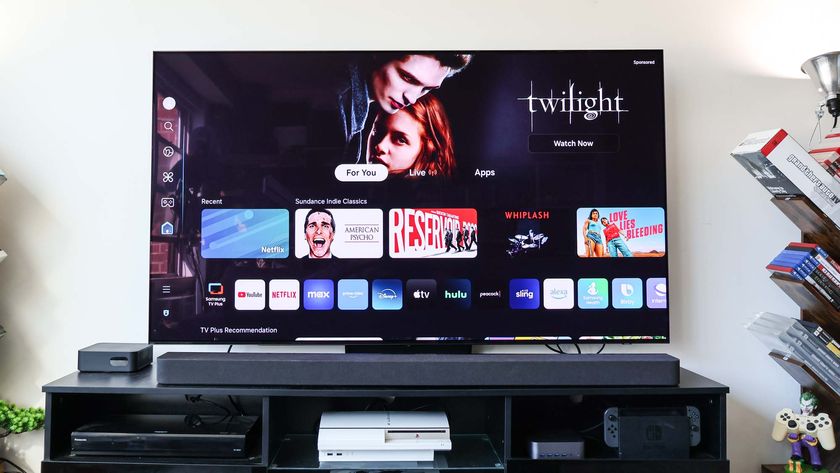I've been using the Lululemon Mirror for a month — what I like and don't like
Here's what it's like working out with Lululemon's Mirror
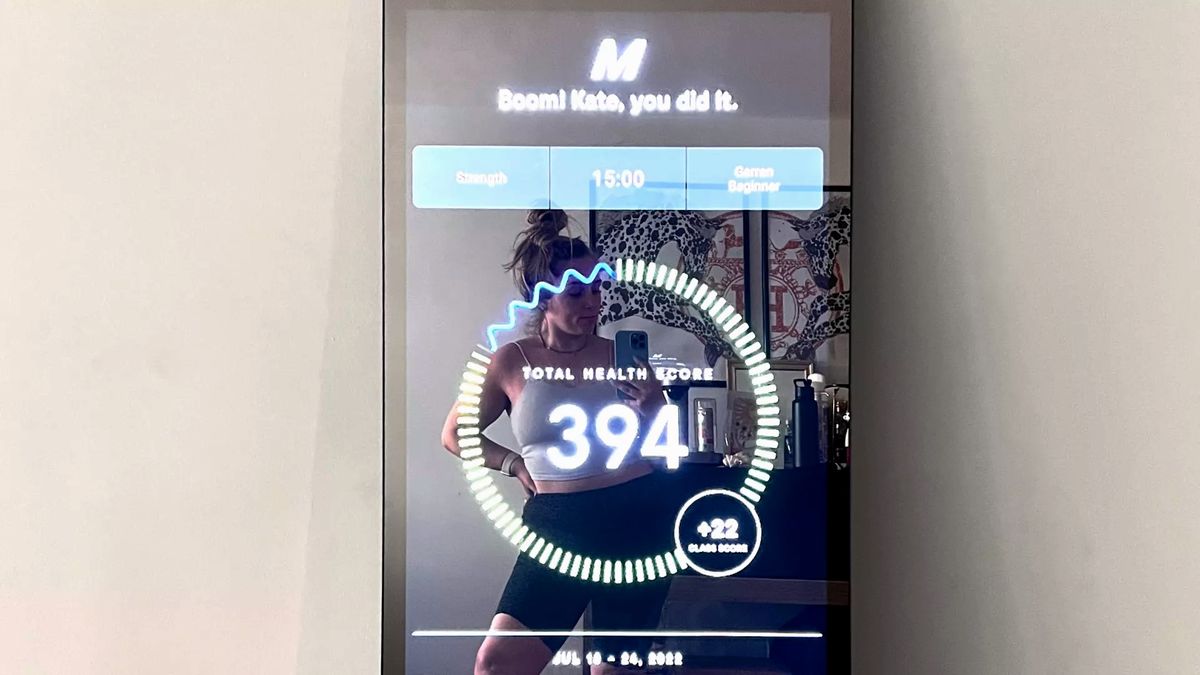
After using it for a month, I think the Mirror by Lululemon might be the best home gym equipment machine I’ve ever tested. I’ll admit I was skeptical at first — the world of workout mirrors seemed to prioritize aesthetics over the fitness experience — but I’m officially a believer.
I started testing the $1,495 Mirror, which first debuted in 2018, at a time when quick, versatile workouts make the most sense for my schedule and wellness goals. I had demoed Tonal not long before, and while it's a gym membership-replacing beast of a machine, it still intimidated me a bit. The Fiture fitness mirror felt more my speed, but as a newcomer to the home fitness industry, the class catalog didn’t yet have enough to offer.
So far, the Mirror has mostly everything I look for in a home gym. Though I can’t say it’s revolutionized my relationship with fitness, it has introduced me to certain workout styles that make me feel stronger. Though, with anything I test, there are few things I wish were different. Here are the biggest takeaways from my month-long experience, from my favorite features to what I’d want to see change.
Huge class collection and live schedule
One of the first things I realized when I started reviewing the Mirror is that its class library is endless. When I tested the Fiture smart mirror (released earlier this year) for several weeks, I got used to running out of class options in my preferred workout styles. Switching to the Mirror, I almost felt overwhelmed by the abundance of options.
With more than 15 workout styles and about 20 live classes per day, there's pretty much one new class in popular workout styles everyday. Since I use the Mirror every other day, more or less, I had 2-3 new choices for my preferred workout styles (barre, pilates, strength and yoga, for those who are curious.) And that’s before working my way back in the catalog of classes aired before I received the Mirror.
Accurate difficulty ratings, ample modifications
Choosing classes to take is made easier by a number of filters, perhaps the most important of which is difficulty levels. Depending on the degree of intensity I’m up for on a given day, or if I’m inexperienced in a certain workout style, I can narrow down my search to classes that match what I need. Better yet, I’ve found the difficulty levels give accurate representations of what to expect from a class. This is something I still hope Apple Fitness Plus will add.
One thing that Apple Fitness Plus does have that I’m glad to see on the Mirror is modifications. But on the Mirror, modifications are curated to your specific problem points. For example, I have fragile knees from my days as an athlete. I added this information to my profile, and now, when classes feature movements that might bother that part of my body, a virtual modification appears on the screen without interrupting the class. This way, I can choose whether I want to follow the modification or the coach, or a little bit of both.
Sign up to get the BEST of Tom's Guide direct to your inbox.
Get instant access to breaking news, the hottest reviews, great deals and helpful tips.
Apple Watch pairing is a game-changer
Like many workout machines these days, the Apple Watch acts as a compatible heart rate monitor. While Lululemon sells a Mirror-branded HRM, using the Apple Watch to track your pulse has its perks. Not only does it show my heart rate and reflect it on the Mirror, but I can pause/play my current class directly from my wrist. I can also see how much longer I have left for a given movement, which is a game-changer for exercises like planks or push-ups when I can’t crane my neck up to the screen.
Peloton has similar functionality to Mirror for using the Apple Watch to navigate classes, and of course Apple Watch is central to the Apple Fitness Plus experience. Integration with one of the best smartwatches might not matter to everyone, but for me, it’s become essential. It undoubtedly elevates my relationship with the Mirror.
Transitioning between classes
One of the only qualms I have with Mirror, admittedly, comes from a previous bias. When I completed a class on the Fiture mirror, the next suggested class would pop-up, and I’d just need to raise my hand to jump into another workout. I’m the kind of person who likes stacking multiple short classes together in one session, and I’m usually willing to embrace suggestions.
I’d like if there was a similar way to start a second or third class without having to go back into the app on my phone, and possibly get distracted enough by messages or TikTok (by the way, do you follow Tom’s Guide on TikTok?) to lose my workout mojo. Peloton has a feature that lets you stack classes in a playlist; maybe that’s something the Mirror could borrow.
About that membership fee…
The upfront cost of the Mirror is $1,495, but then you’ll pay a $39 monthly membership for the classes. I’m not currently paying the fee as part of this review, but since this is shaping up to be a machine I might end up buying for myself, I have to consider if the recurring cost is worth it.
In the at-home fitness space, $39/month is actually very standard. But the Mirror is something you don’t actually have any physical contact with, like one of the best exercise bikes or best treadmills. In fact you need to have or buy some equipment for certain classes. I found that many of the workouts required me to have one of the best yoga mats, best adjustable dumbbells, and best resistance bands.
A high membership fee seems more valuable when the machine itself replaces equipment you’ll otherwise find in a gym.
Yes, you get quite a lot for the price in terms of class selection and live classes. But I would be willing to give up live classes or certain class collections for a reduced membership tier.
Lululemon Mirror home gym: Outlook
I meant it when I said that the Mirror from Lululemon is a machine I’m considering as a permanent fixture in my home gym. It’s not often I test equipment or workout services that check all the important boxes, from a bountiful class selection and useful modifications to Apple Watch compatibility and more.
While I wish I could launch those suggestions without using the app, and can’t help but rationalize a lower-priced membership tier, these are minor grievances in the scope of everything the Mirror does right. I haven’t even touched on how much I like the music selections, or how the app is scarily spot-on with my curated class suggestions each week — but I’ll save that for the full review, so stay tuned.
Kate Kozuch is the managing editor of social and video at Tom’s Guide. She writes about smartwatches, TVs, audio devices, and some cooking appliances, too. Kate appears on Fox News to talk tech trends and runs the Tom's Guide TikTok account, which you should be following if you don't already. When she’s not filming tech videos, you can find her taking up a new sport, mastering the NYT Crossword or channeling her inner celebrity chef.
